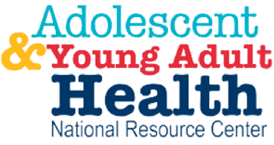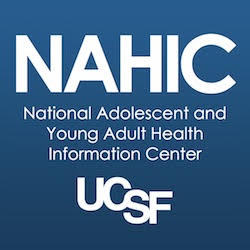A Guide to Evidence-Based Programs for Adolescent Health: Programs, Tools, and More
The past decade has witnessed a tremendous expansion of research and resources on “what works” to improve adolescent health. Despite the greater selection of effective...
 University of California San Francisco
University of California San Francisco


